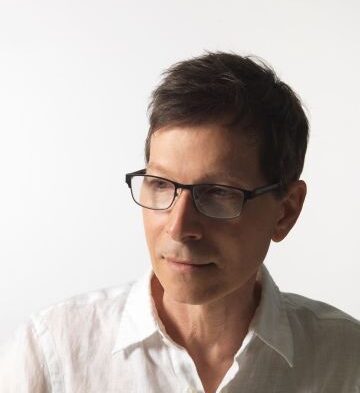
Victor Lodato (photo by François Robert)
Victor Lodato is a novelist, playwright, and poet. His first novel, Mathilda Savitch, was called “a Salingeresque wonder” by The New York Times and won the PEN USA Award for Fiction. Victor’s second novel, Edgar and Lucy, was called “a riveting and exuberant ride” by Cynthia D’Aprix-Sweeney in The New York Book Review.
Victor Lodato has received fellowships from The National Endowment for the Arts, The Princess Grace Foundation, The Camargo Foundation in France, and The Bogliasco Foundation in Italy, and he has been a Guggenheim Fellow. His work has been translated into eighteen languages, and his stories have been published in The New Yorker, The New York Times, Granta, and Best American Short Stories.
His most recent novel is Honey, published in 2024 by HarperCollins.
Mona Awad, author of Bunny, called it a “a brilliant feat of empathy, style, and transcendent beauty,” and Javier Zamora, the New York Times bestselling author of Solito, calls the book’s protagonist Honey Fasinga “fierce, complicated, and out-of-this-world sharp both inside and out.”
Victor Lodato lives in Ashland, Oregon and Tucson, Arizona.
Ed Battistella: Congratulations on Honey, which I really enjoyed. What was it like for you to write in the voice of an 82-year-old woman? How did you put yourself in Honey’s mind, body, and situation?
Victor Lodato: It’s an interesting question because, in the past, I’ve often written from the perspectives of children. Writing in the voice of a child is very liberating, because I don’t have to pretend that I understand everything about life. I can use a young protagonist as a way to discuss the ways in which the world still baffles me.
Perhaps the leap from child narrators to an octogenarian had to do with the pandemic, which, like many of us, had me taking a hard look at mortality. A few older women from my family died early in the pandemic. And I suppose, in some ways, Honey is a tribute to these women.
Growing up, the men around me were often just these mumbling shadows. When I think about my childhood, the people who come forward into the light are the women. They’re the ones that made me who I am, so it feels very natural for me to write from a female perspective.
EB: Did writing Honey change your perspective about aging, or life, or family?
VL: Honey, for me, is as an avatar of fabulousness—a role model on how to age with vitality and grace. We live in an ageist society, and I was interested in portraying an older person who comes across almost as a kind of superhero. In many ways, through Honey, I give the working-class women of my family the life they could never have achieved due to their lack of education and social status.
EB: This is your second novel set in New Jersey, and Edgar and Florence Fini of Edgar and Lucy play a role here. Should we be looking forward to more books set in Ferryfield, NJ?
VL: It’s very possible. As a novelist, I feel like my trajectory has been different than that of many other novelists, who seem to draw from their own lives in their first books. I grew up in New Jersey but set my first book in New England. It seems that with each subsequent novel of mine, I move closer to home. Time and distance, I suppose, have allowed me to see the past more clearly, and therefore to more effectively write about it.
EB: There were a lot of times as I was reading where I stopped to marvel over a sentence, like “In a bid for decorum, she moved slowly, a bride stalking the altar,” just to name one. What’s your revision process like? Did you continually go back and revise sentences again and again until they are just so?
VL: When I’m working on a novel, the rhythm of the sentences is essential to me. It’s not about music for music’s sake, but rather a way of tapping into the movement of a particular mind, a particular way of being. So, yes, I do work very hard, revising often, to get things just right.
EB: Early in the book, when her grandnephew Michael visits, Honey thinks that the new generation lacks even a “pretense of civility.” It seems to me that Honey struggled to balance civility and responsibility with an escape into melancholy. Did you have that tension in mind for her?
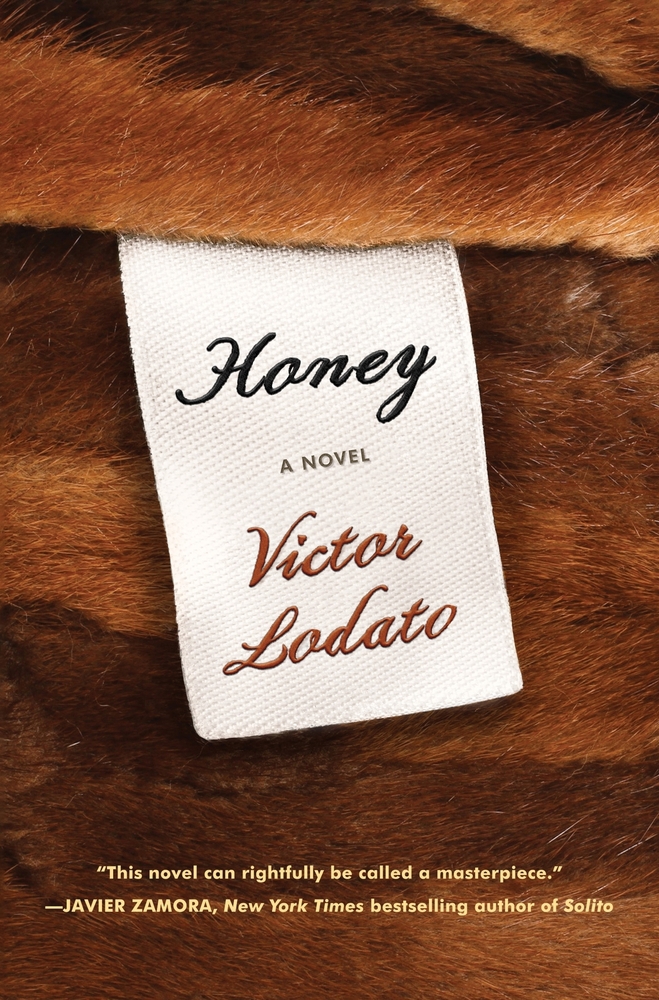 VL: As I came to understand Honey as a character, I did see that as an interesting tension. She’s getting older, and she’s had a hard life in many ways—and so, as the book begins, she’s wondering: does she want to be done with “this pageant of tomfoolery called life” and throw in the towel, or does she want to continue to fight for what she believes is right and for what she desires?
VL: As I came to understand Honey as a character, I did see that as an interesting tension. She’s getting older, and she’s had a hard life in many ways—and so, as the book begins, she’s wondering: does she want to be done with “this pageant of tomfoolery called life” and throw in the towel, or does she want to continue to fight for what she believes is right and for what she desires?
Another interesting aspect of her character, I think, is the tension between her fury and her compassion. Throughout her life, Honey has attempted, by way of various spiritual disciplines, to rise above her anger about the past, and to find equanimity. For much of her adult life, Honey believes that she’s worked out all her anger; but when, after many years, she comes home to see her family, and witnesses how much toxic masculinity remains, she realizes that she’s still furious. Honey’s challenge is whether to forgive and forget, or to say enough and finally raise her fist. The book considers the limits of compassion in a violent world.
EB: I particularly liked how you had Honey both adopt a new family and come to terms with her actual relatives. Is family something to be created or endured?
VL: Honey’s story of escaping New Jersey and reinventing herself through art is sort of my story, too. I feel like it’s hard to write a novel that isn’t about a family, whether it’s a biological one or a created one. Most of us have two families—the one we’ve come from, and the one we’ve created. We’re always part of two worlds, and this makes for interesting humans—and for interesting characters.
EB: Art was a different sort of escape for Honey and I wanted to ask about Nathan’s art. Was his work, the large painting with the child witnessing the dog attack, based on a particular painting you’d seen?
VL: No. All of Nathan’s art is imaginary—paintings I made in my mind. To give you some background on my relationship to visual art, I should tell you that I’ve lived with a painter, on and off, for about thirty-five years. Art has long been a part of my life. The painter that I live with is color blind, and so when he brings a painting home from the studio, I’m often the seeing-eye dog. He’ll say, “Look at this, what do you think?” and I’ll say, “Well, there’s a lot of green right here. If you mean the face to be green, that’s fine.” He’ll say, “No, I didn’t mean it to be green. Show me exactly where the green is.”
EB: Let me ask about the ending. When did the ending come to you? Did you have it in mind when you began the book or did it emerge along the way as Honey’s character developed?
VL: Another great question. The ending came to me late in the process. In earlier drafts, the novel ended on what is now the penultimate chapter. But it kept bugging me, this way—and I realized that it was because I had given the wrong character the final scene. The way the book ends now is more emotionally satisfying, I think; it also completes the dramatic arc of the story more effectively.
EB: Thanks for talking with us.
VL: Thanks, Ed. It’s always a pleasure to speak with you.

 Follow
Follow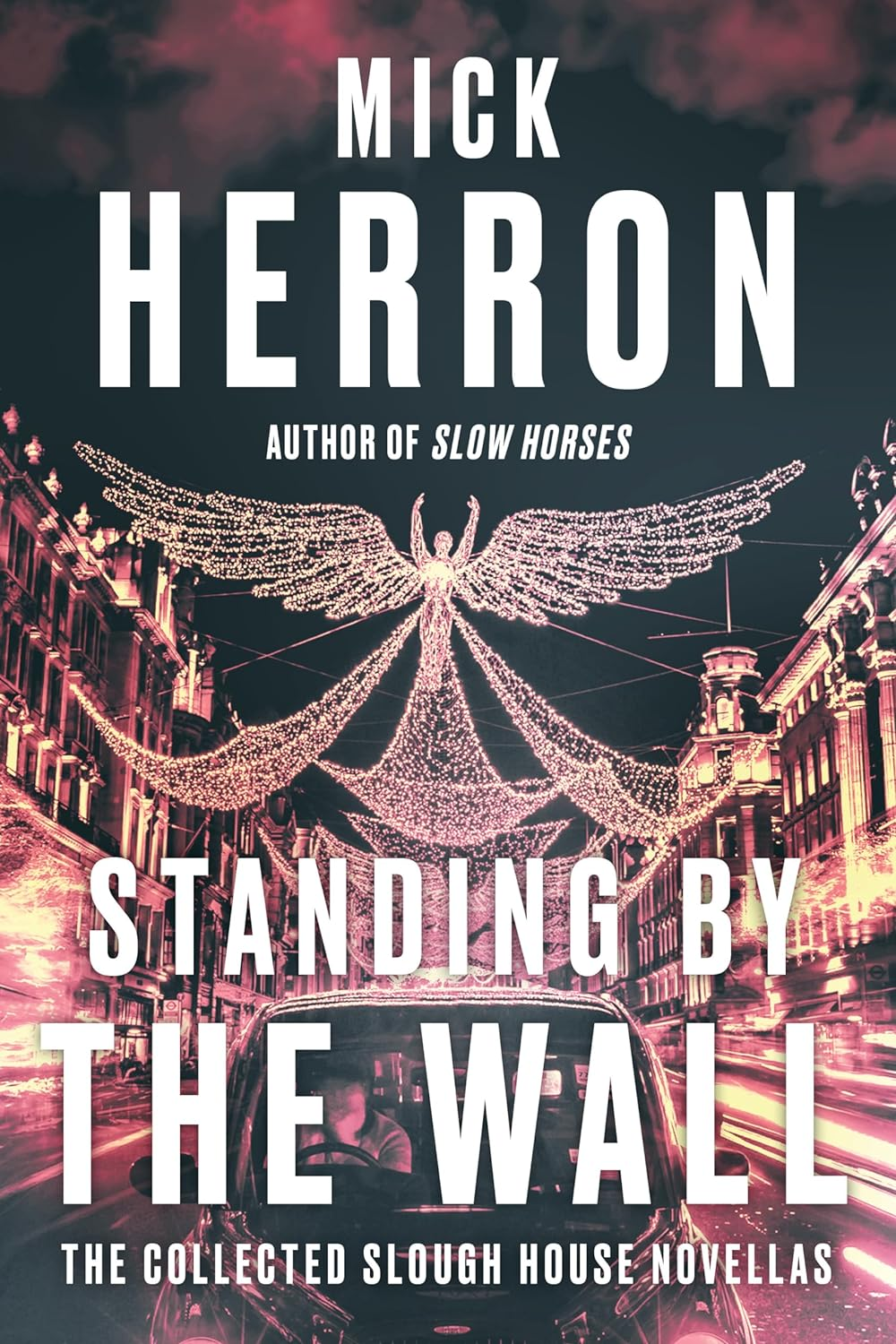
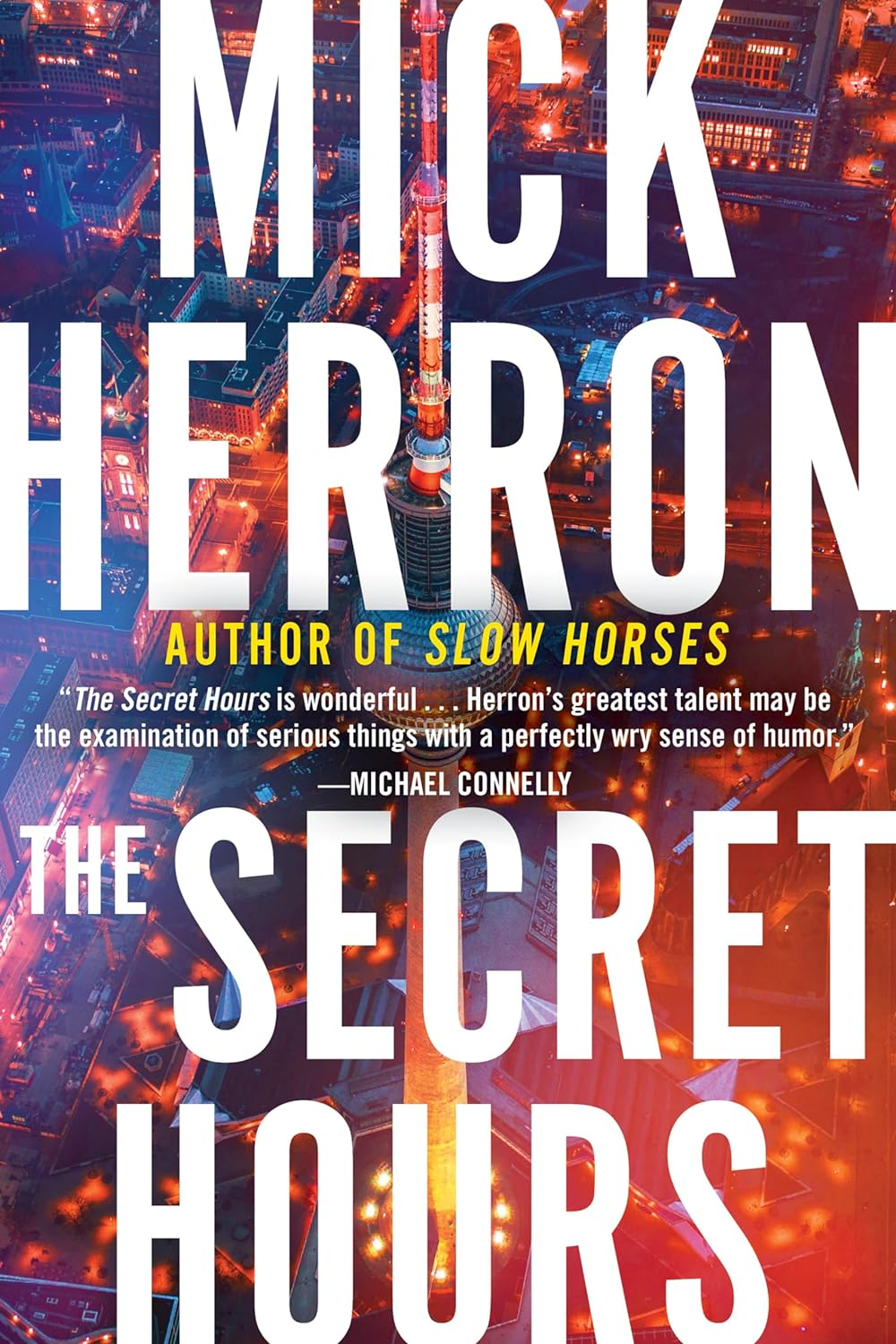
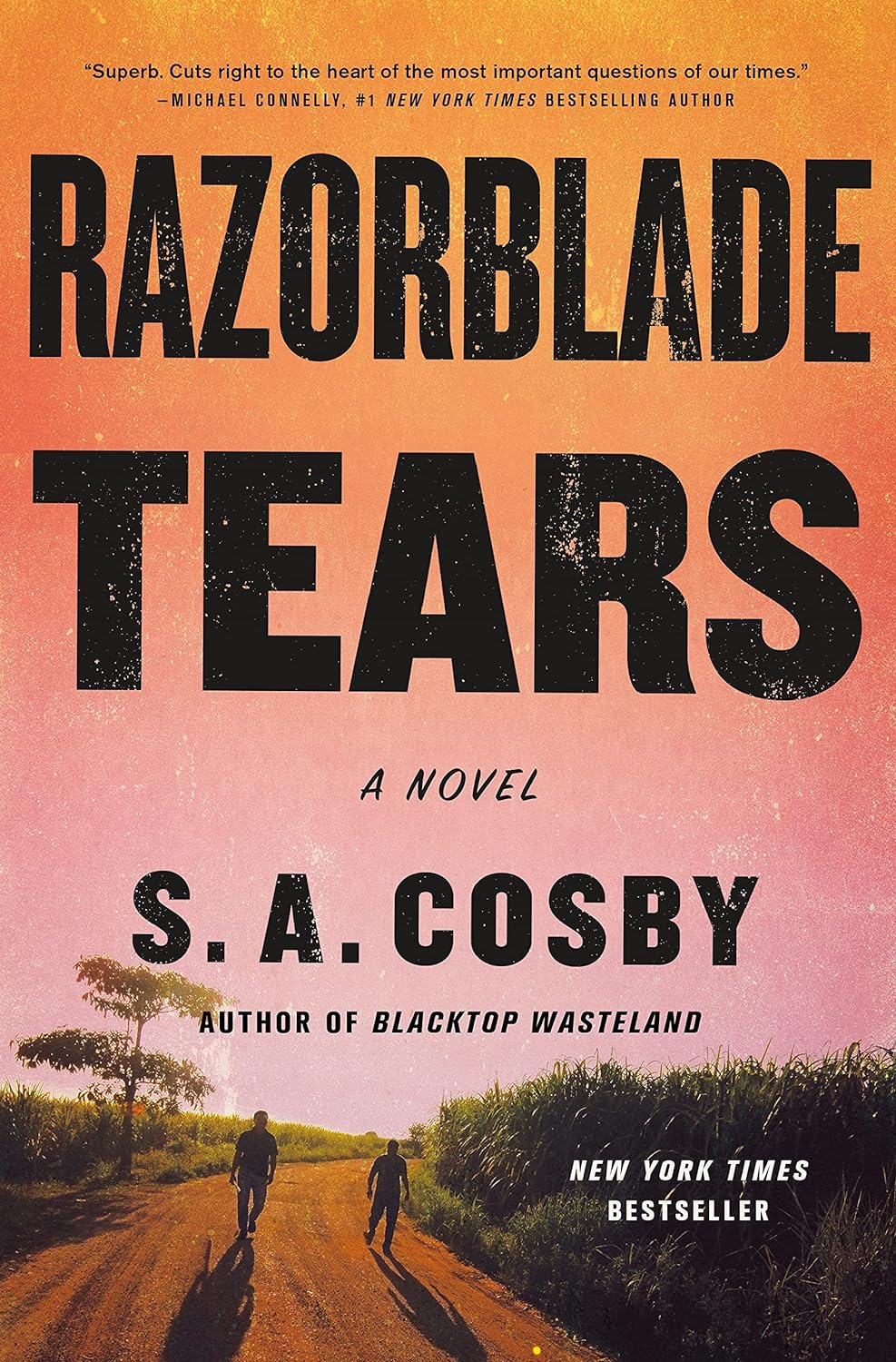
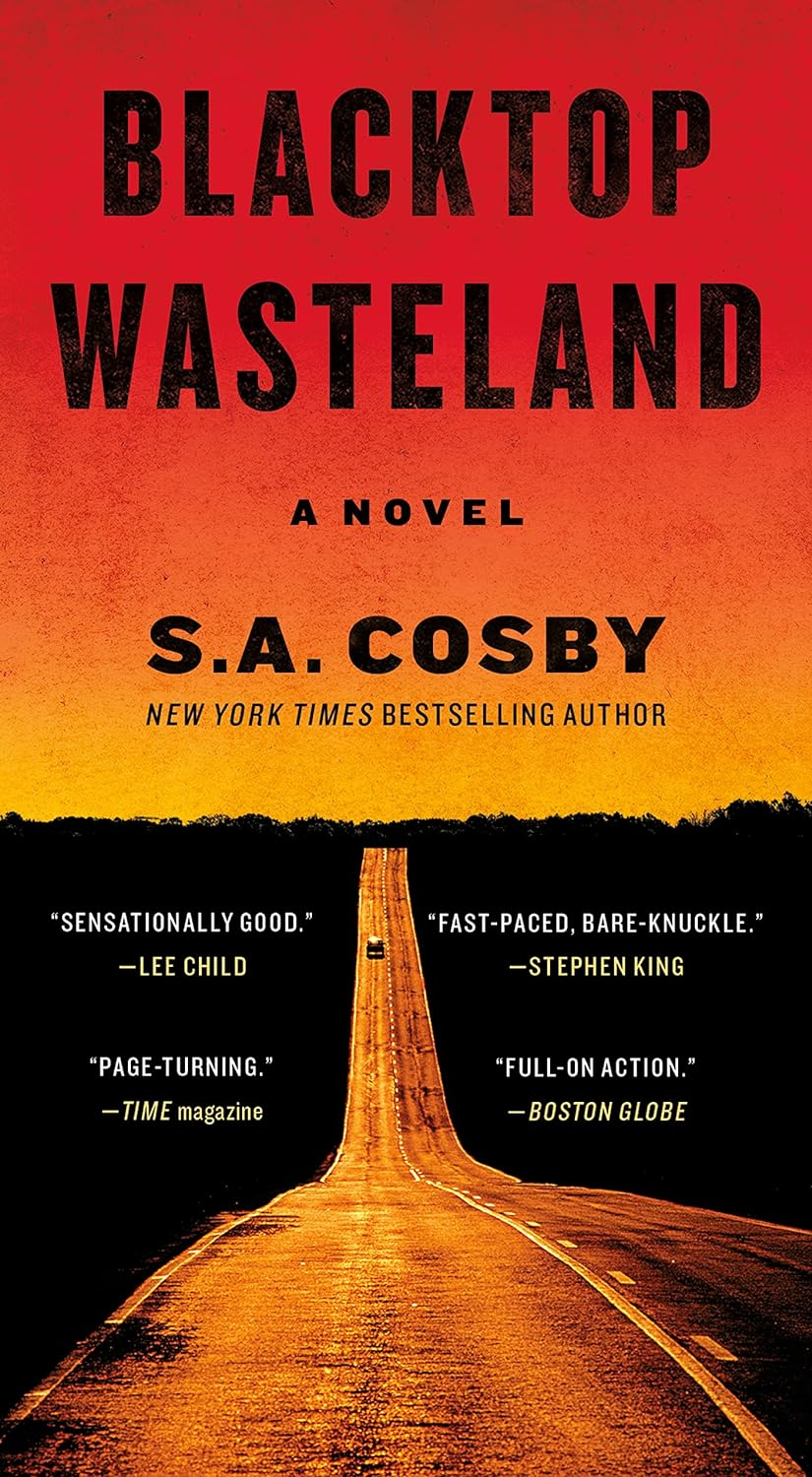
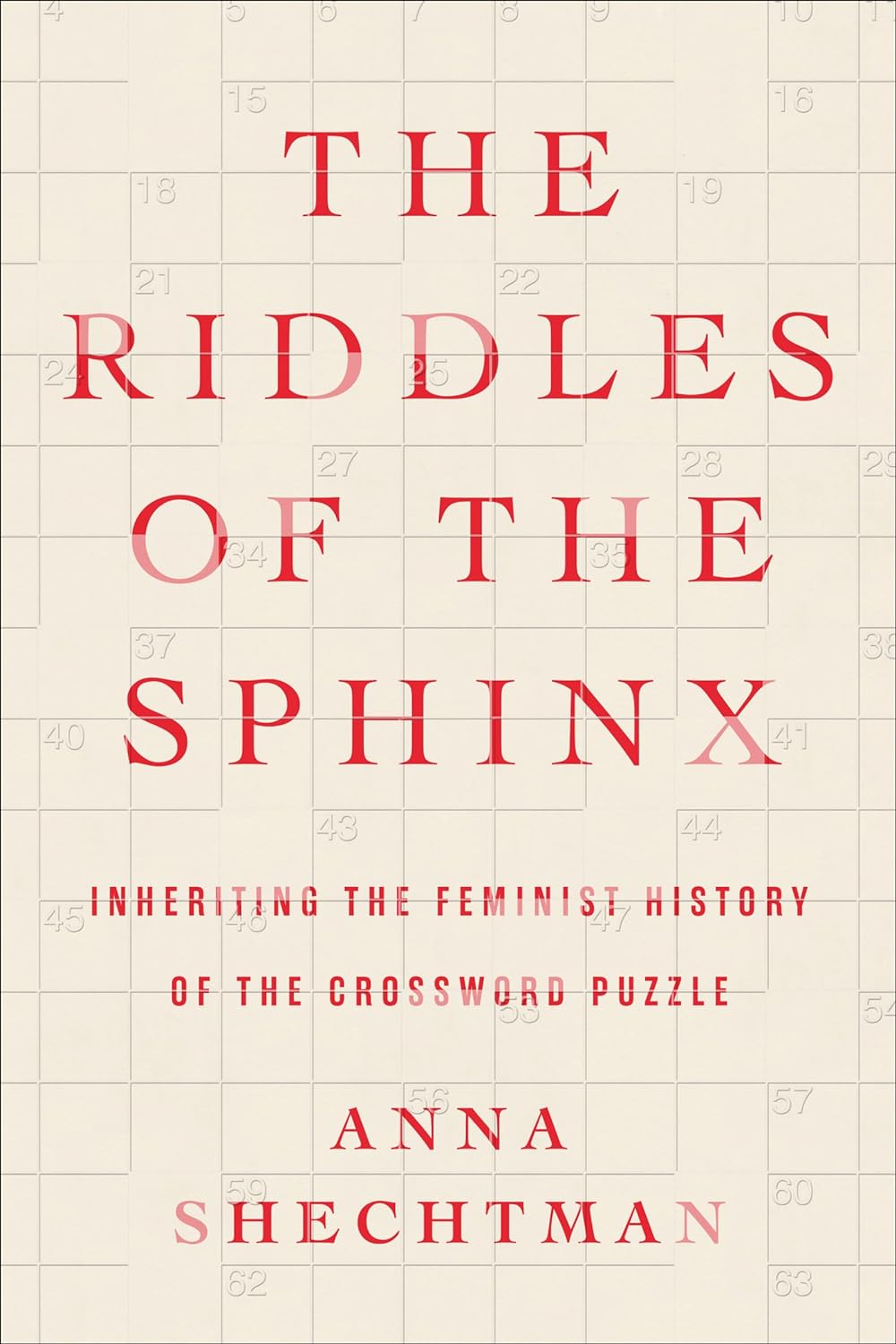
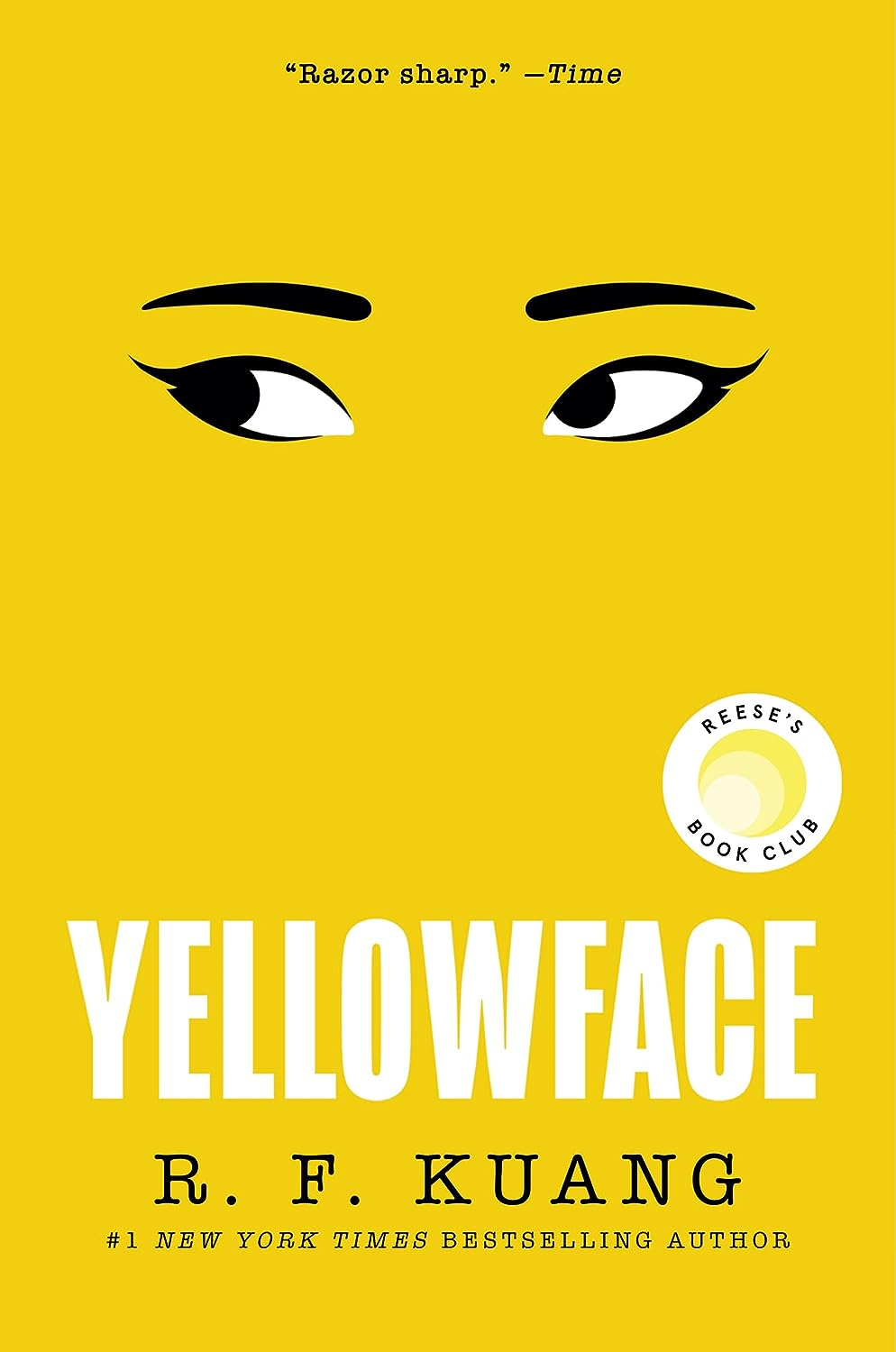
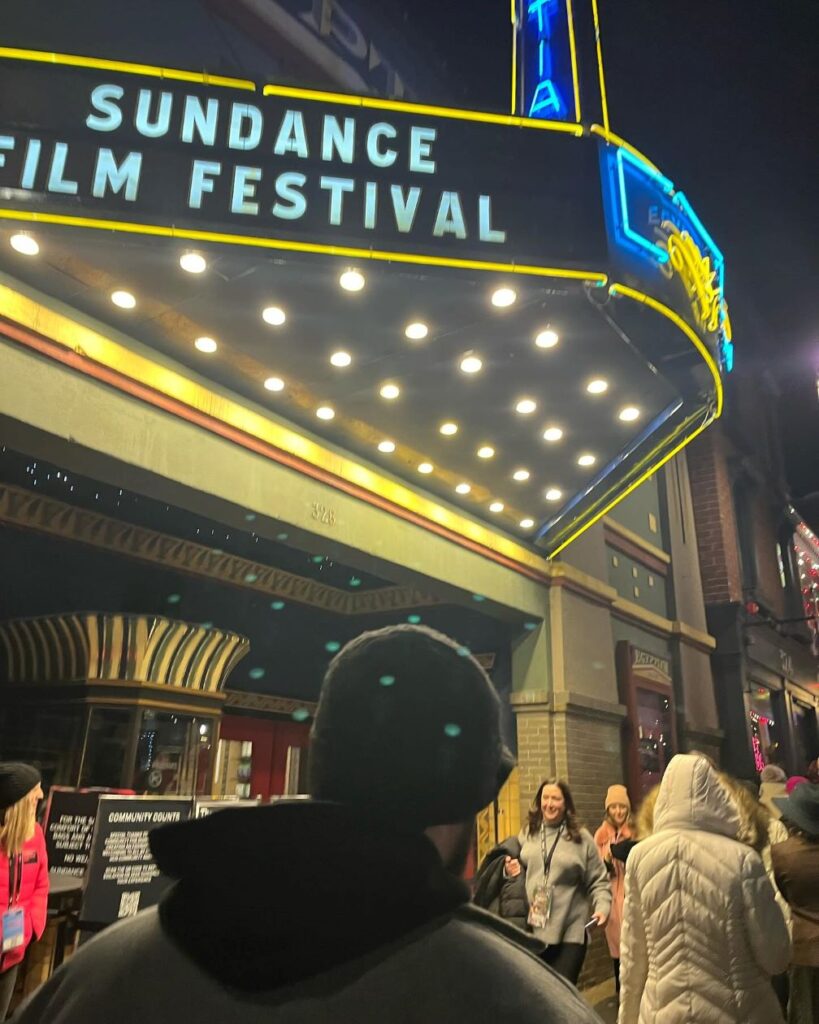

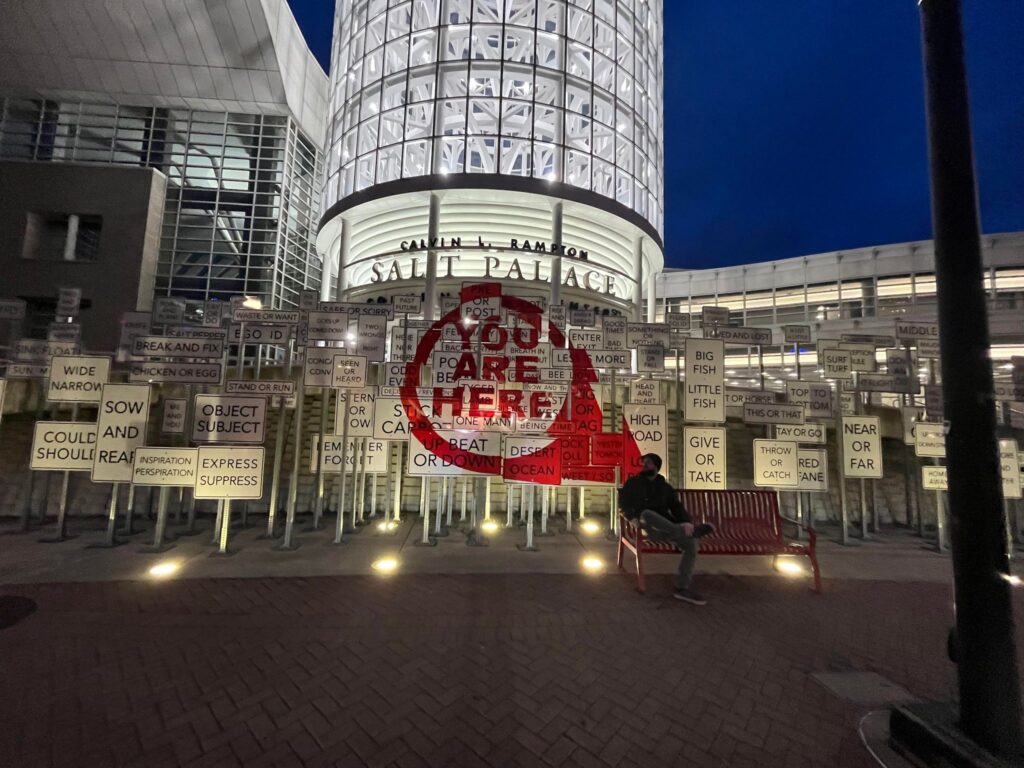
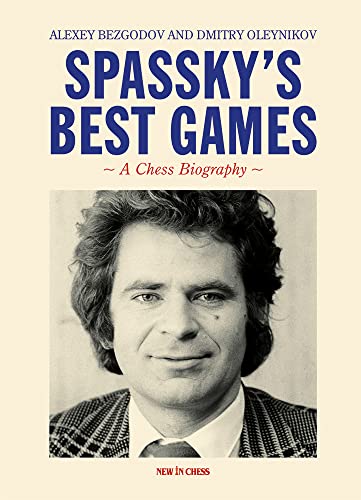 Spassky’s Best Games: A Chess Biography by Alexey Bezgodov and Dmitry Aleynikov
Spassky’s Best Games: A Chess Biography by Alexey Bezgodov and Dmitry Aleynikov 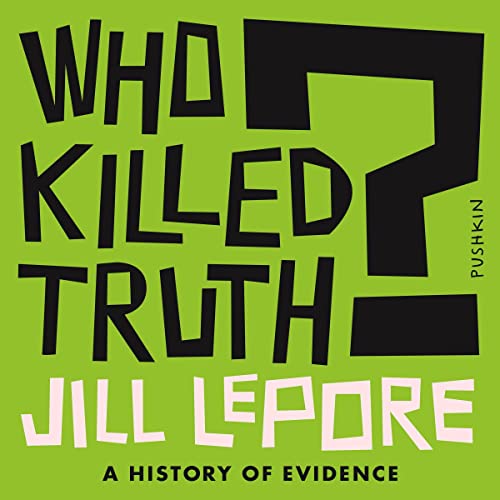 Who Killed Truth? by Jill Lepore
Who Killed Truth? by Jill Lepore